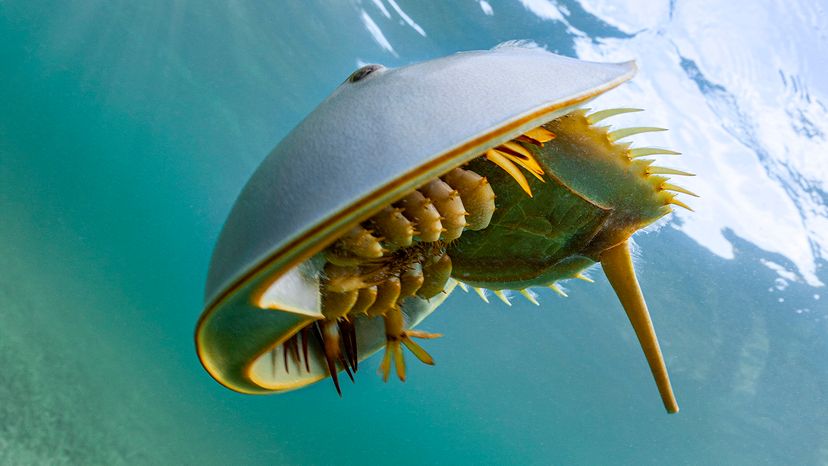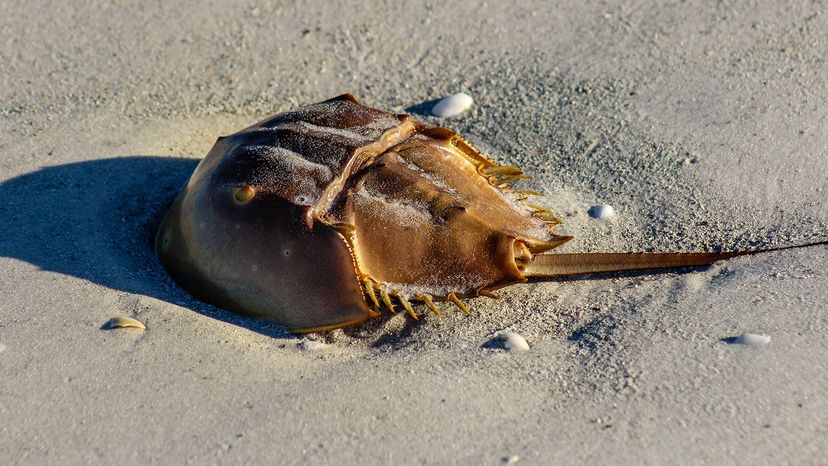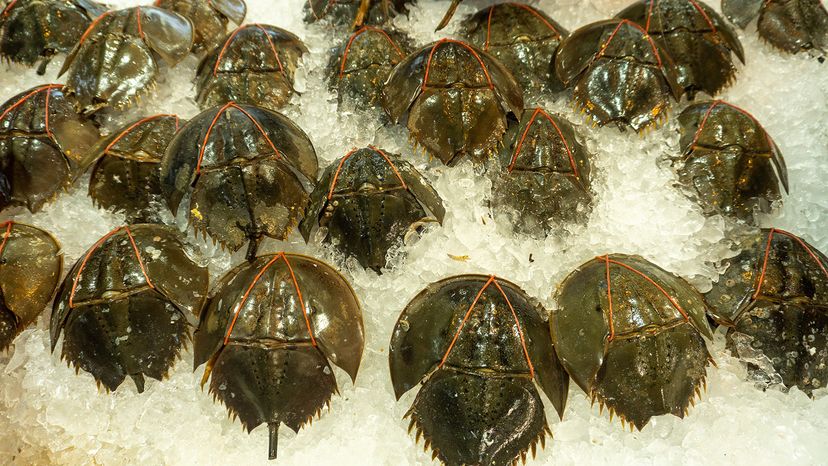
The horseshoe crab might look like a creature from another planet, but it’s a vital part of Earth’s marine ecosystems.
Often called living fossils, horseshoe crabs have existed for over 440 million years. They’re not even true crabs; they’re more closely related to spiders and scorpions.
Advertisement
The American horseshoe crab (Limulus polyphemus) thrives along the Atlantic coast, from northern Maine to the Gulf coasts. During spring and summer, they crawl onto sandy beaches in Delaware Bay and other regions to spawn.

